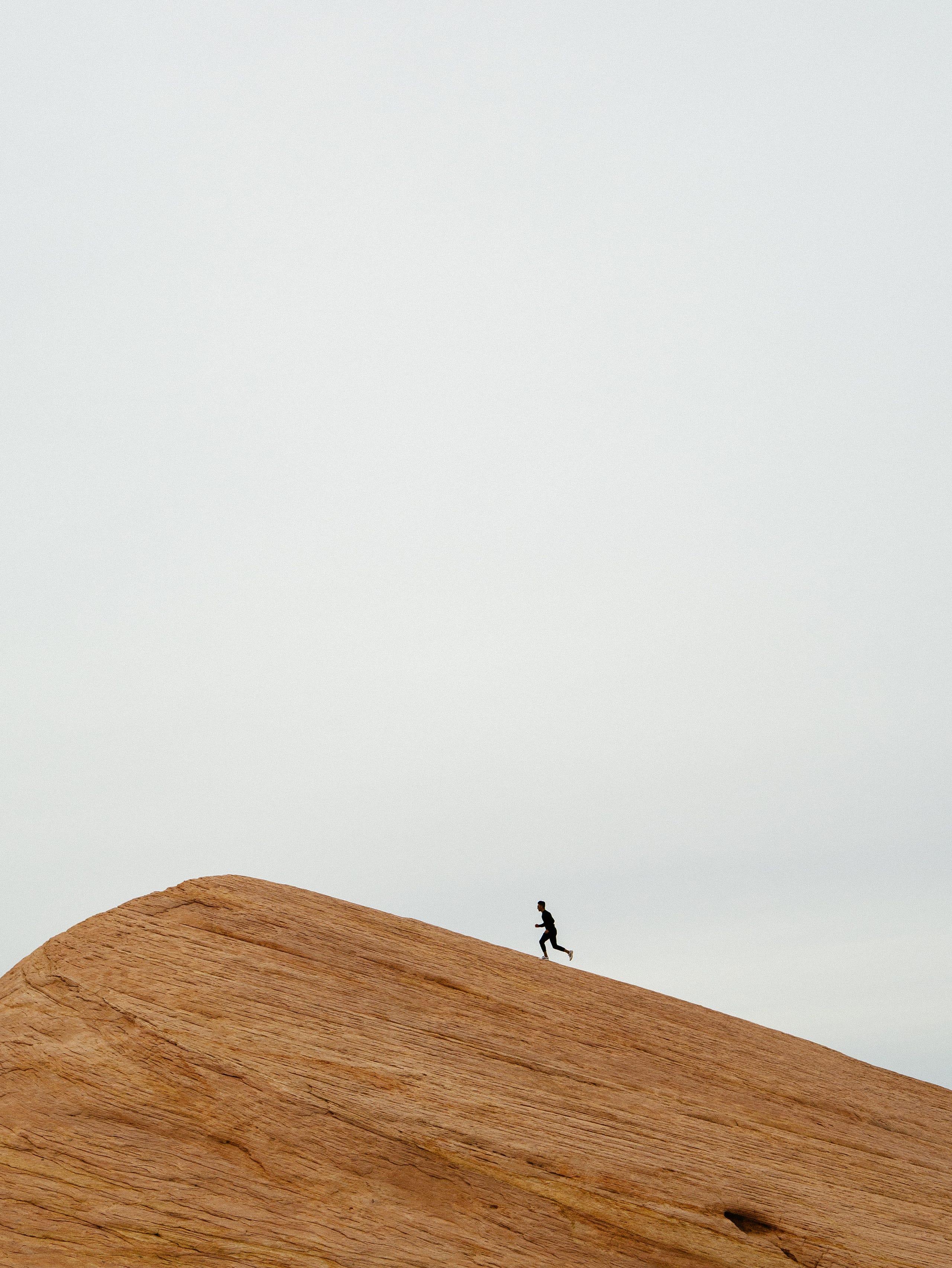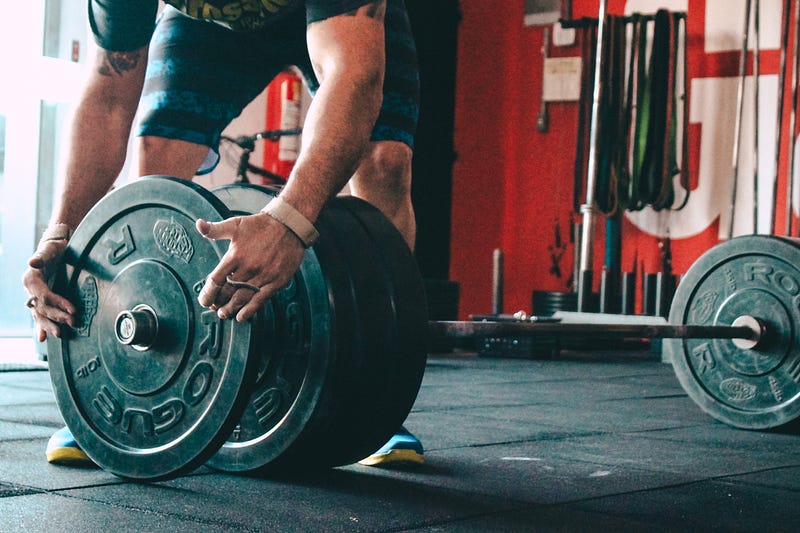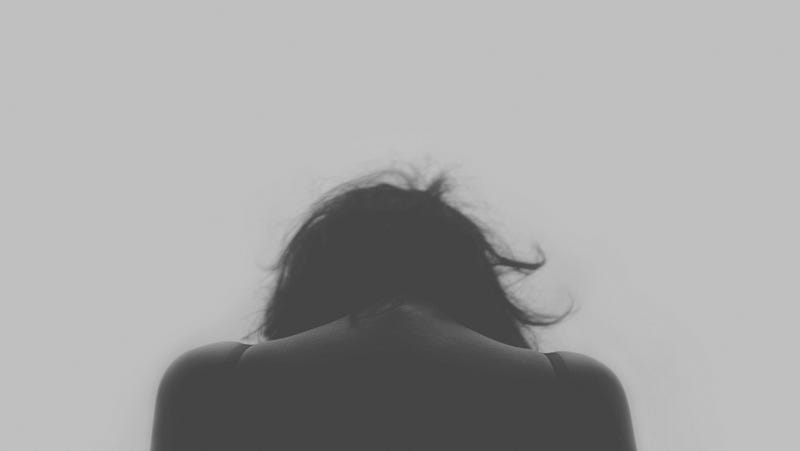
This morning as the spring clouds began to roll in, threatening an early rain and snow storm, I donned my gear and jogged down the hill towards the main road. I am returning to running after a few months off, having given myself a labral tear in both hips, and pulled the hamstring in both thighs last year climbing Mt. Kenya. That had been one hell of a hard climb, and by the time we limped into our final camp eight days later I had been seriously lamed.
Bad pain.
The mountain was particularly difficult, and the hikes extremely long. I’d trained well, but even when you do, sometimes it isn’t enough.
Then I was sidelined overseas for a month with an infection, which further tightened everything up.
Bad pain.
So now I’m on the mend. I do 1.5 hours of PT daily, and it is fixing me fast. Movement heals. In fact, in many cases the more we rest, the worse we get. But…it depends. For example, we now know that if we sprain an ankle, the traditional RICE (Rest, Ice, Compression, Elevation) is now shown to do damage. We get well much faster if we move that sprained ankle.
In other words, the body really does know what it’s doing when it comes to healing. And when it’s getting pushed too far past the safety zone. Or those labral tears. Or the pulled hammies.
Last year I had started jogging again after years away. I really enjoy running but no longer wish to rattle off five to eight miles at a stretch. Just two or three, on the local hills. Enough time to get my heart rate up, wave at my neighbors, pet a dog or two and come back up the big hill puffing and sweating.
God that feels good.

I don’t for one minute believe that running in general is bad for your joints especially as you age. As with all things, it depends. Stay with me here.
By the time I had finished the first quarter mile, my hips hurt. So I slowed down. I turned the corner for the next leg and began speedwalking.
Now let’s be clear. For me, speedwalking isn’t anywhere near as hard as running. The difference is that around my house you run on concrete or asphalt. Given our local drives, asphalt is just stupid. So you stay on concrete, which is brutal to bones, especially over time. Surfaces matter a great deal, as does your weight, because the bigger we are, the more force we put into the heel strike that goes up into our hips.
Normally it wouldn’t be a be a big deal, but with two labral tears, this is bad pain. It’s one thing to feel that churn and burn in your thighs as you run uphill, feel your lungs labor in good work.
Sharp pain is feedback.
The moment I quit pounding the pavement, the pain stopped. I finished my three miles in an exaggerated speedwalk which did a nice job- not as well as I wanted- but I didn’t pay the price through my pelvic bones.
Here’s the piece. No matter what age we are, no matter where we are in our workouts, the point of pain is to point out something that we are doing that is damaging our bodies. If we don’t feel any pain at all, we die young . Pain is essential to life, as it tells us STOP YOU FOOL, if you happen to lean your elbow onto the bright red circle of heat on a stove.
Same with our bodies when we exercise.

Ignoring the mindless exhortations that line every gym wall to bull through your pain (something my surgeon told me last year before I paid for an MRI and we discovered severe inflammation in my shoulder) are just that: mindless.
Because beginners- and those of us who have been too long away from exercise- often mistake genuine injury pain as the price they should be paying for bigger muscles.

I was in a gym in Spokane when an older gentleman next to me was hurling his weights in a way that I knew not only was damaging his back, but his grimacing face telegraphed that he was in trouble.
I took a chance- and it is a chance- that me might hear me out. He did. The weights were far too heavy for where he was in his development and he was threatening his back. He hadn’t been at the gym in decades, and was making the kind of mistake many of us make upon return. Given our tender egos we want to pick up where we left off at 25.
Problem is, you can’t.
Whether it’s a matter of sarcopenia or illness or neglect, doesn’t matter. While your muscles will likely return, because the muscle memory guarantees it (as long as you don’t kill yourself in the meantime), if you try to start were you were thirty years ago, you will land in the ER. Guaranteed.

Or at least, out of the gym and in so much agony you may never return.
Let’s be clear. There is another potent, powerful pain source that has nothing to do with actual physical injury but which manifests in real pain (called Mind Body Syndrome, among others, see Unlearn Your Pain by Dr. Howard Schubiner) but this is not what I’m addressing here. That’s another article.
This is about listening to our bodies when we work them. Nobody’s going to flash me a series of scorecards to rate my run. Besides, even if they did? Fuck ’em. Because this body is mine to manage. I am the only one who can hear it when it flies or cries. No doctor on earth can do that for me, or you, or your kids, or anyone else.
Learning to listen to my physical form instead of the exhortations to push past my limits is what will guarantee me a healthy body thirty, forty years from now when I’m my nineties. Assuming I do this right, there’s no reason I can’t run, play, sling iron, hike, ride horses and all the other things I love.
But not if I ignore my pain.

There is increasing evidence that over training can do severe and permanent damage. Depending on your body, your athletic ability and a number of other factors, over training can vary widely from body to body. However, research indicates that we don’t take a break- and we ALL have to- the body rebels. And it does so in right unpleasant ways. From the above article:
Studies into what is known as ‘Overtraining Syndrome’ show that those who over train portray the same biochemical markers as those with clinical depression — which is to say that the emission of serotonin and tryptophan are altered by both disorders. Behaviourally too, the clinically depressed and the over trained were perceived to share lowered motivation, insomnia and irritability.
For a long time I believed that bullying my body into submission was a sign of character. Strength. It never occurred that I was breaking my body down, damaging my immune system, and getting pissed off in the process. No wonder extreme endurance athletes can sometimes be assholes. They can’t help it. Their bodies are lobbing Molotov cocktails at them, they are on fire, and the inhabitants are not listening.

Having to speed-walk instead of run might ding my delicate ego. However, nobody’s watching. Nobody cares. Except those who love us.
My body, however, rewards me when I take a slightly more conservative approach while I heal. I can jog stairs because I land on the balls of my feet, which doesn’t pound the hip joint nearly the same way. So when the snow melts out at Red Rocks, I’ll be climbing steps- at a speed that the hips allow.
This is for now. For as long as it takes.
But here’s the other piece. As I age, and the accumulated damage I’ve inflicted on myself over the years barks at me once in a while, that pain simply demands that I rethink the nature of the work. Not stop altogether, which is the breakfast of an early death. It asks for more stretching, which feels terrific. It asks for more warmups, which takes a touch more time. It asks for me to develop a sense of humor when the skies spill their guts and I go out and work anyway. When there are days I’d vastly rather sleep in. And then sometimes do, because frankly, that really was what the body wanted.

Some days I have slept all day. Not from a bender, as I don’t drink. But because I was so tender all over that my body side swiped me as effectively as a defensive lineman. And I woke up ready to take on the world.
I have no problem speed walking. I have no problem holding off on heavy weight work until my shoulder heals. When it does, I may need to modify my routine to accommodate a shoulder that no longer has a biceps tendon. That likely means a lot more work on that arm than the left to regain the strength.
Still, there is never a guarantee that as you and I age, as we encounter the inevitable injuries and insults that our sports impose on us that we will get back to 100%.
That’s the purpose of pain.

Beyond that sharp pain, there be dragons. When you pass a certain point of pain and push beyond it, you can do damage. Sometimes it’s irreversible, sometimes not. What looks like 100% at 66, where I am now, is likely not the 100% of where I was at 36, 56.
What I have to ask, and I point this question at myself as much as anyone, is it worth some adolescent motivation to show the other guy at the gym that you still have the chops and end up writhing in pain at your local doctor’s office? And then, out for weeks or months, possibly in a sling? On crutches? Worse?

The example I’ve chosen to follow is that of my mentor Meg Hansson, who died some four years ago at the age of 92. Up until then she was still working out with a trainer at least twice a week. A yoga practitioner for more than 70 years, she never turned her yoga into the competitive sport it seems to be today. She stayed strong and limber and without a trace of dementia, and with barely a touch of arthritis up until her death. As she aged, she ran more slowly, but she still ran. She lifted, but with smaller weights. She ate extremely well. She’s the one who got me into the habit of a big fat spoonful of peanut butter to start the day. Works, too.
She listened to her body.
It’s a source of excellent advice for all of us.
Loving the body is a balanced combination of good food, good exercise, rest and recuperation. For each of us those are very different optics. However, for each of us, the feedback is the same.
If it hurts too much, might want to back off a bit.

Comments powered by Talkyard.